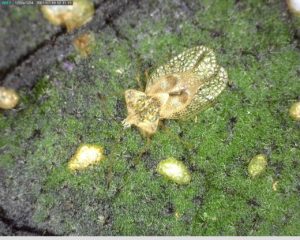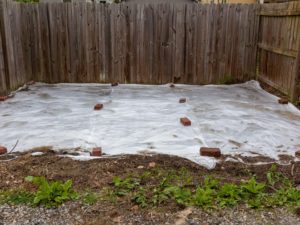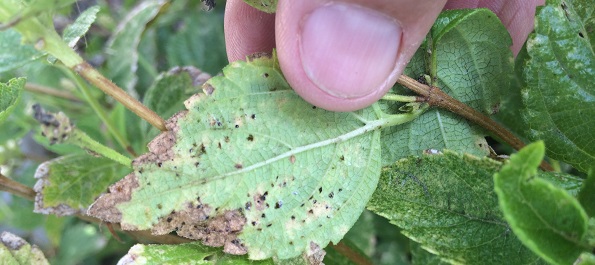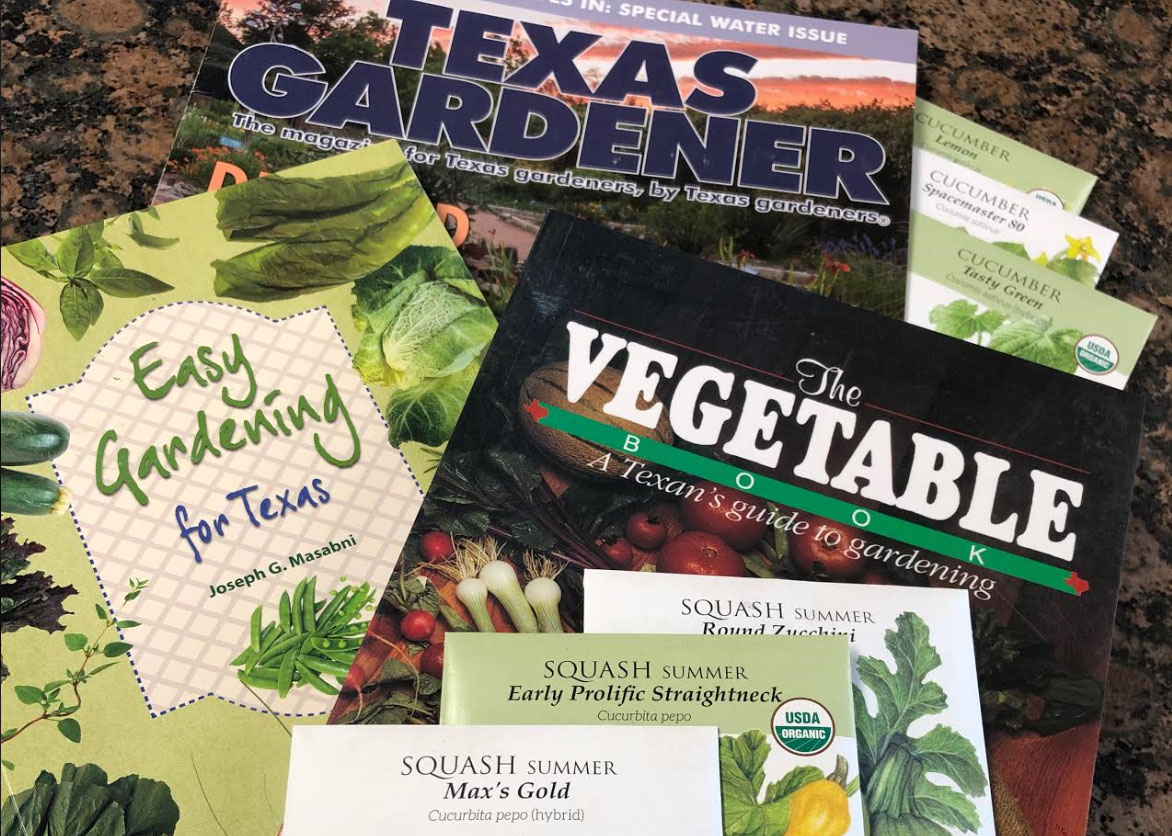Annuals and perennials:
There is still time to plant heat-loving annuals in those bare spots in the landscape. Many of the heat-lovers, such as Vinca, Angelonia and Penta will thrive all the way until frost. Geraniums in pots may be trimmed and fertilized for a fall display of blooms. If you haven’t already, move them to afternoon shade.
Some perennials are looking stressed, especially Lantana, which might have Lantana Lacebugs. Now is a good time to cut them back and fertilize them for a spectacular bloom throughout the fall.



Don’t wait, as August is the best time to do this. Trim Salvia greggi back about 1/3 and fertilize as well. Roses will give a spectacular fall bloom if trimmed back by 1/3 and fertilized this month, as well.
Use organic fertilizer, such as MicroLife 6-2-4 or Maestro Gro Rose Glo , to avoid burning root systems. If you do use a soluble fertilizer, water plants well the night before, then apply soluble or time release fertilizer the next morning. Applying soluble fertilizer to dry soil may cause root-burn. Water-in time-release fertilizer right after application, and wash any granules off leaves as well.
Vegetables:
There is still time to plant green beans and lima beans for a fall crop, as well as corn, cucumber, and squash from seed.

Transplants of eggplant and pepper may be set out this month as well. Try to rig up a shade from the west sun while getting these established. You’ll need to watch closely in this heat to keep them hydrated. Row cover will also deter caterpillars, which can be hard on new seedlings.
Use clear plastic on areas left fallow to kill weed seeds and soil-borne disease. Irrigate the area you wish to “solarize”, then till it a few days later. Cover with clear plastic, securing the edges with soil to hold in the heat. Leave plastic on for 6 weeks of hot weather, then remove in the fall to plant your crops. Click HERE for more information.

Trees and Shrubs:
Regular, deep watering of trees and shrubs in the heat of the summer can mean the difference between “thriving and surviving”. While lawns require an inch of water to saturate the root system, tree roots benefit from at least two inches of water in order to get the water to where the roots grow. Tree roots will grow 1-1 ½ times the height of the tree OUT from the trunk-water at least the area out to the drip line in order to keep trees healthy. A stressed tree is more susceptible to insects and disease than a healthy tree.
Lawns:
Lawns are stressing now, and should be given an inch of water each time you water. Set mower higher to conserve moisture and shade the roots, and keep blades sharp to avoid brown tips on the grass. Check brown areas next to sidewalks, driveways or streets for chinch bugs, as these are the hot, dry spots that they are usually found. Check your irrigation for thorough coverage. Irregularly shaped dead areas may be Take-All-Patch. Bring photos and samples to the nursery for diagnosis.




